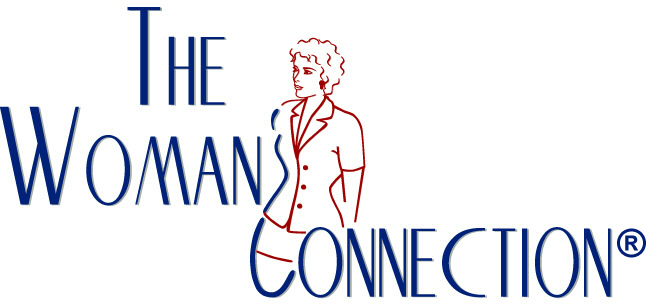Design: the Ultimate Brand Booster
/Guest post by Anna Lieber
It’s no coincidence that products and services with high design values become household names. FedEx, Nike and IPod are a few examples.
Tom Peters in his excellent book “Re-imagine!” says: “Design is the NO. 1 DETERMINANT (his caps) of whether a product-service-experience stands out–or does not.”
Peters also quotes Fortune magazine: “Design is treated like a religion at BMW.” Hey, doesn’t everybody want a well-designed car? If the design is slipshod, what about the safety? It’s ironic that many of us will spend a premium to equip our offices with well-designed furniture and our kitchens with beautiful appliances. Yet, there is a disconnect when it comes to our business brands. Small business owners have a difficult time making an investment in good design. Rarely is it valued as the most critical brand component.
And just as often corporations fail to manage their valuable brands. Time and resources are wasted as different departments produce materials which don’t even resemble each other. Lack of consistency is the ultimate brand killer.
Our recommendations: appoint a brand leader, create brand guidelines, integrate your materials, educate your staff. Use great design to set your company apart.
Some of you run creative businesses; others are business owners or corporate managers who work with design firms, writers, web developers, etc. In any case, to ensure a positive outcome, you need to manage the design process. Here are a few tips:
€ START WITH A PROPOSAL AND A TIMELINE
Determine the project scope in a signed agreement. The proposal needn’t be extensive but it must outline the project parameters, deliverables, work process, fees and payment schedule, usage (if it applies), preliminary timeline and cancellation policy. An agreement will help prevent problems.
€ SIGN ON THE DOTTED LINE
The larger the project, the longer the commitment and the more extensive the documentation. A contract prevents miscommunications which disrupt the relationship and derail the project. Sign the contract before work begins. It’s a lot harder to negotiate after a fallout occurs.
€ AGREE ON WHO DOES WHAT
Agree about the number of design choices, number of revisions, how you will handle printing or computer programming, and who supplies content (copy, images). Agree also on the client’s responsibilities and time frame on approvals, especially if there is a tight schedule created by an event or other deadline.
€ MANAGE THE RELATIONSHIP
Many clients don’t fully understand the design process and what’s required of them. The client is concerned with being satisfied with the results, finishing on time and not going over budget. The designer’ is concerned with creating a great product, making sure the client is happy and charging for time spent. Sometimes these concerns conflict. Most disagreements occur when services additional to the proposal crop up. If they do, be sure to discuss it before proceeding. The designer’s role is to educate the client, manage expectations, schedule and budget, and charge fairly. And the client needs to communicate their needs, make timely decisions and agree to pay fairly for all services rendered.
€ DESIGNER’S ROLE
Design firms can help projects go smoothly by creating a simple but structured work process. Create a welcome package to walk your client through the way you work. Get a deposit before beginning work. Get additional payments as the work progresses. Make sure you are buttoned up. If things do go wrong, be honest and correct the problem quickly. Clients hate surprises.
€ CLIENT’S ROLE
Clients can help projects go smoothly by educating yourselves about the design process. Practice due diligence in choosing a designer whose work you like. Realize good design takes time to percolate. Be reasonable. Handle the project professionally as you would with an attorney, accountant or doctor. And if you negotiate a lower fee, understand what you will be giving up. Know what’s included, what’s not—before beginning a project. Do your homework and ask the questions.
Most important, remember design is a partnership between client and designer. Each shares responsibility for the success of the final design.

